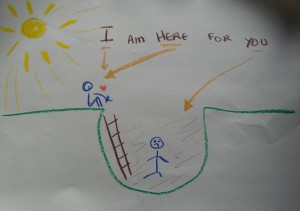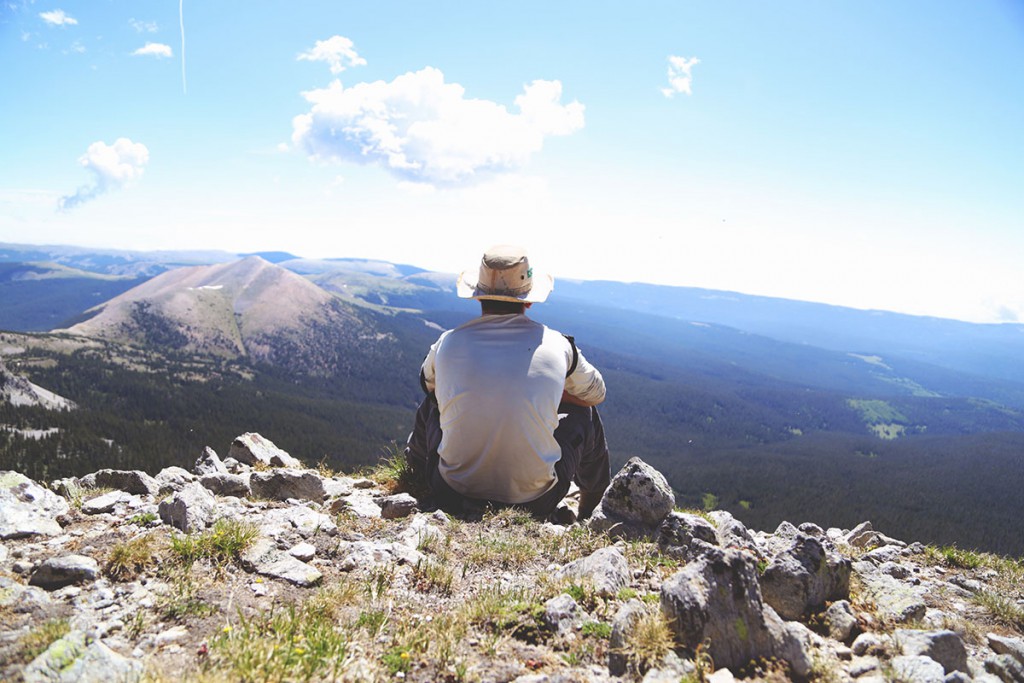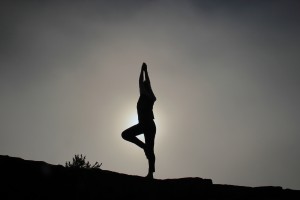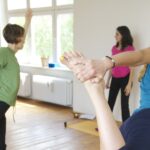I was contemplating on the nature of healing today and came to an important realization. Healing is boring. Whether it is healing from an illness, from a broken heart, from a deep set negative pattern, from past trauma… they all share, on some level, the same thing: the process is often boring. You would think that with something as majestic and beautiful as healing, the process would be thrilling. But no, the every day work of healing is tedious, requires mountains of patience and as a result becomes boring.
So how does it work? A wound occurs. A physical, emotional, or mental wound. And then the body, soul, mind needs to heal from it. It requires sitting with the pain, day in and day out. While the pain is there, one starts to think of the patterns that brought it about, the reasons for its’ origin. Depending on how big the wound is, people start to try out lots of random things so that they can leave the place they are in… often not having the slightest clue if this path will lead them anywhere. And then finally the realization occurs that this will be a long process, one that potentially requires daily physiotherapy, daily self care, or daily faith in your own self and strength. And daily patience.
And that’s the key word there: daily. If only it could be instant, I’ve done the work, I switched my mind to a new consciousness, and bam! I’m healed! But no, in most cases it’s about implementing on a daily basis whatever it is that you’re learning. And that daily work, is what we often find ourselves lacking the energy to do.
Realizing this, gives a more accurate picture of the work to be done. It helps one understand what lies ahead. And, most importantly, to prepare for the boredom.
So how can we deal with the boring side of healing? Here are a few suggestions:
Settle into the boredom of healing.
It’s important to accept that the nature of this process is tedious. Not everything in life has to be exciting. When you start seeing it this way, you are already psychologically preparing yourself for the work that is ahead, and you don’t give up when the process lacks glamour.
Keep your eyes on the prize!
Don’t let the boredom take you out of your healing path! I, for one, am a person who always needs change in my life and find it really hard to stick to long routines and to take part in things that bore me. What helps in my case is to keep reminding myself that this IS bringing change. This is bringing healing, which IS the biggest change I wish for in my life. I need to stick with it although at the moment it might feel so un-moving.
Spice it up!
Play your favourite tunes loudly while doing those same physio exercises for the zillionth time- Sing along too! Treat yourself to sushi, or your favorite meal, after each doctors’ appointment. Discover the value of talking nonsense. Call up a friend to specifically talk nonsense and hear yourself laugh, feel yourself lighten up. Do it every day if you have to! It’s about creating space to have some fun while you do the work. I’m not going to the doctor’s again- I’m having sushi again…. get it?
Time travel!
Yoga instructs to keep yourself present in the here and now. This is a very valuable practice. I can see how that would work in an ashram under the presence of an experienced guru helping you through your healing process. However, when you find yourself in extreme pain, entering deep into the feeling of here and now can make the pain too intense to take.
- So my suggestion is time travel! Your mind subconsciously does that anyway, but I suggest you do it consciously.
- First you need to be committed to a healing process and the work it requires, then let yourself experience the pain in doses and not all at once. If you are healing from emotional trauma, your mental energy is often stuck in the past. Try to take yourself out of the past and into the present, and when you are there, engage in something that really interests you, as part of your healing process.
- If you are in extreme chronic pain, the present can often be a very painful place. Give yourself permission to not always be present in everything. Let yourself enter someone else’s life ie. by watching a movie. Remind yourself how it’s not always so, and how the future will be better when all the work is done.
A friend commented once, that everyone keeps on telling her how much they learned about their depression, and how good it ended up being for them. A sentiment she did not share. It’s easy to talk in retrospect from a healed place about how interesting the process was. But we must also acknowledge that most of the times we didn’t know where we were going, how long it would take to get there, if we will ever get there, and what coping mechanisms to use. Often we were bored and lost.
Making this acknowledgement has a transformative power of its’ own.
Pinelopi is a sivananda Yoga teacher based in Berlin. She specializes in Hatha Yoga, Pregnancy Yoga, yoga for beginners and business yoga. She works from our yoga Kreuzberg studio.















